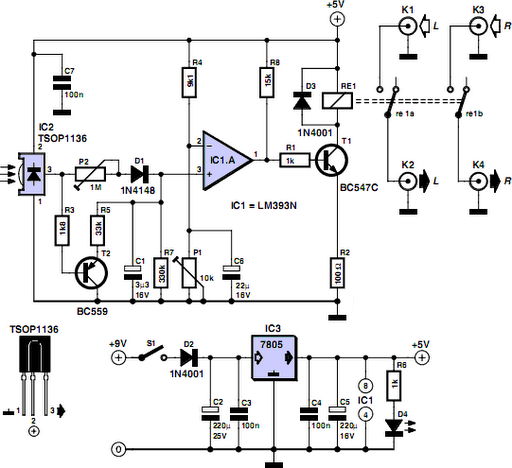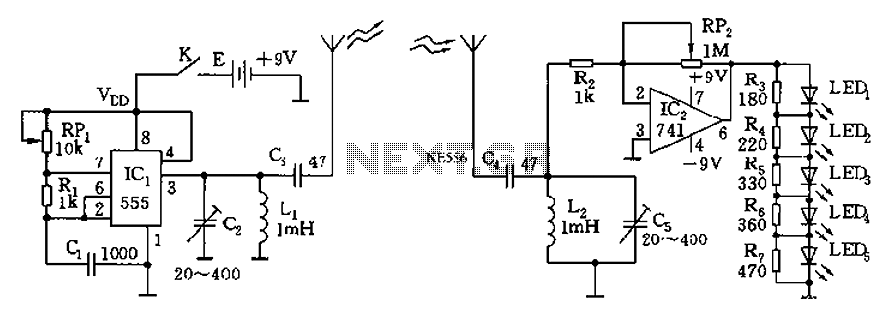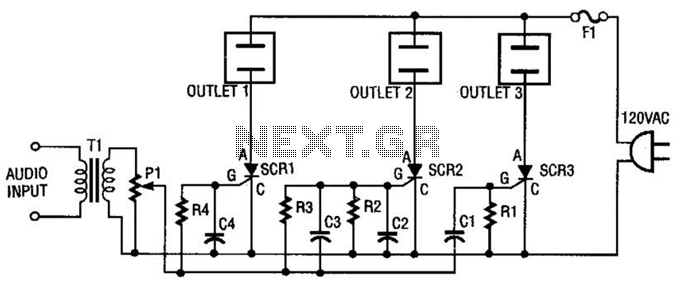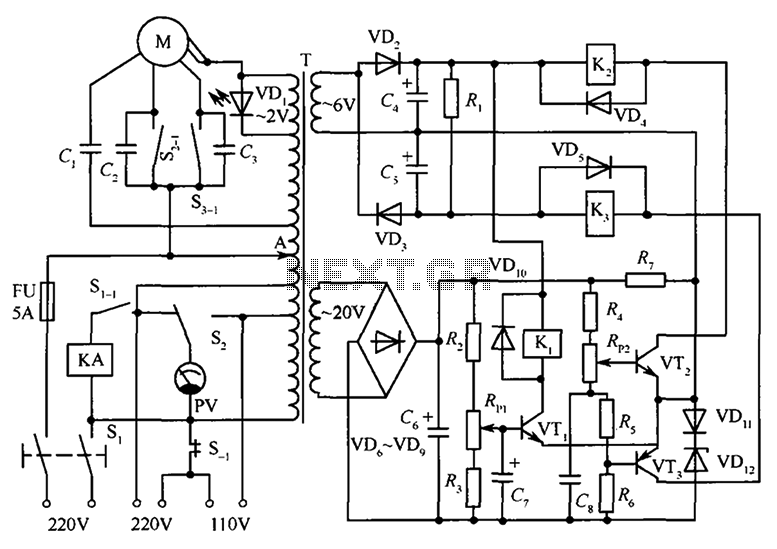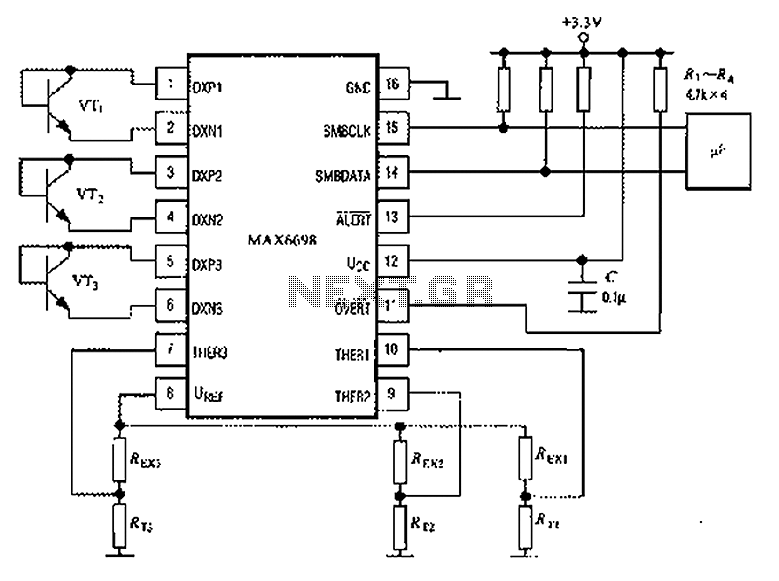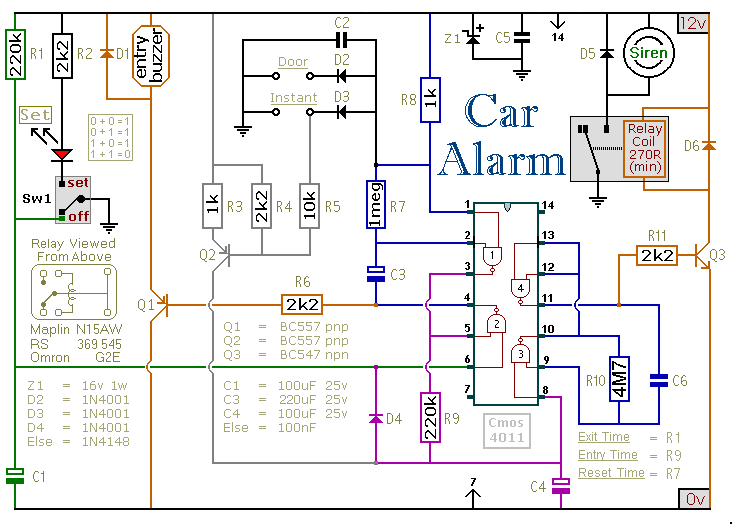
2 small magnification difference between the balanced output circuit
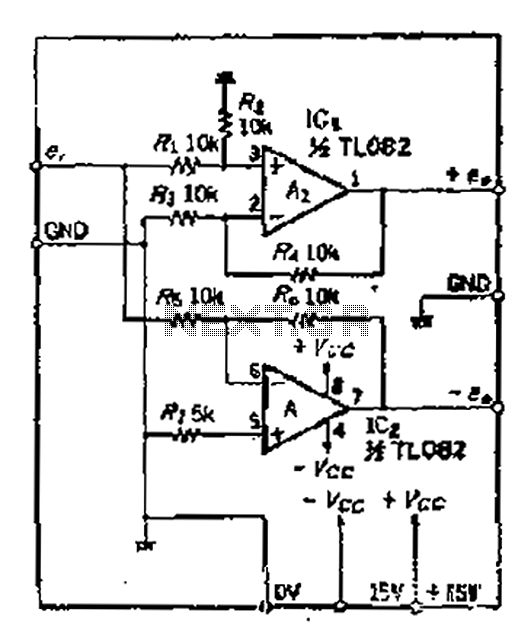
A balanced output is often associated with the positive phase amplifier output terminal of an operational amplifier, which is typically viewed as the inverting amplifier circuit. However, the reversed phase output can lead to a loss of balance in the DC circuit. Although this method is applicable, it presents challenges when dealing with wide-band signals, particularly due to the drift in the inverting amplifier. This circuit measures the output and compensates for drift, ensuring that even with changes in input frequency, phase distortion does not occur.
A balanced output configuration in operational amplifiers is crucial for minimizing noise and distortion, especially in high-frequency applications. The positive phase output terminal of the operational amplifier serves as the primary output, while the inverting input creates a phase-reversed output. This configuration is essential for differential signaling, where the goal is to maintain signal integrity over long distances.
In practical implementations, the inverting amplifier circuit can experience issues such as DC offset drift, which can compromise the balance of the output signal. This drift can be exacerbated in wide-band signal applications where the frequency response is critical. To mitigate these issues, circuit designers often incorporate feedback mechanisms and compensation techniques that stabilize the output against variations in input frequency.
The design of a balanced output circuit typically includes precision resistors and capacitors to ensure that the frequency response remains flat across the desired bandwidth. Additionally, careful consideration must be given to the layout of the circuit to minimize parasitic capacitance and inductance, which can introduce additional phase shifts and distortion.
Overall, maintaining a balanced output in operational amplifier circuits is vital for achieving high fidelity in signal transmission, particularly in audio and communication systems. The careful design and implementation of these circuits ensure that even with varying input conditions, the output remains stable and free from phase distortion.A balanced output mentioned, people tend to immediately think of the positive phase amplifier output terminal increases 0P amplifier as the inverting amplifier circuit, normal and reversed phase output set to lose balance fH o in the DC circuit, although this method can be used, but as Tiao are wide -band signal, the inverting amplifier cup drift is a problem. Since this circuit. OP measures also zoom in and drift d is equal to the soil, so even if the input frequency of change seven phase distortion does not occur 4
A balanced output configuration in operational amplifiers is crucial for minimizing noise and distortion, especially in high-frequency applications. The positive phase output terminal of the operational amplifier serves as the primary output, while the inverting input creates a phase-reversed output. This configuration is essential for differential signaling, where the goal is to maintain signal integrity over long distances.
In practical implementations, the inverting amplifier circuit can experience issues such as DC offset drift, which can compromise the balance of the output signal. This drift can be exacerbated in wide-band signal applications where the frequency response is critical. To mitigate these issues, circuit designers often incorporate feedback mechanisms and compensation techniques that stabilize the output against variations in input frequency.
The design of a balanced output circuit typically includes precision resistors and capacitors to ensure that the frequency response remains flat across the desired bandwidth. Additionally, careful consideration must be given to the layout of the circuit to minimize parasitic capacitance and inductance, which can introduce additional phase shifts and distortion.
Overall, maintaining a balanced output in operational amplifier circuits is vital for achieving high fidelity in signal transmission, particularly in audio and communication systems. The careful design and implementation of these circuits ensure that even with varying input conditions, the output remains stable and free from phase distortion.A balanced output mentioned, people tend to immediately think of the positive phase amplifier output terminal increases 0P amplifier as the inverting amplifier circuit, normal and reversed phase output set to lose balance fH o in the DC circuit, although this method can be used, but as Tiao are wide -band signal, the inverting amplifier cup drift is a problem. Since this circuit. OP measures also zoom in and drift d is equal to the soil, so even if the input frequency of change seven phase distortion does not occur 4
